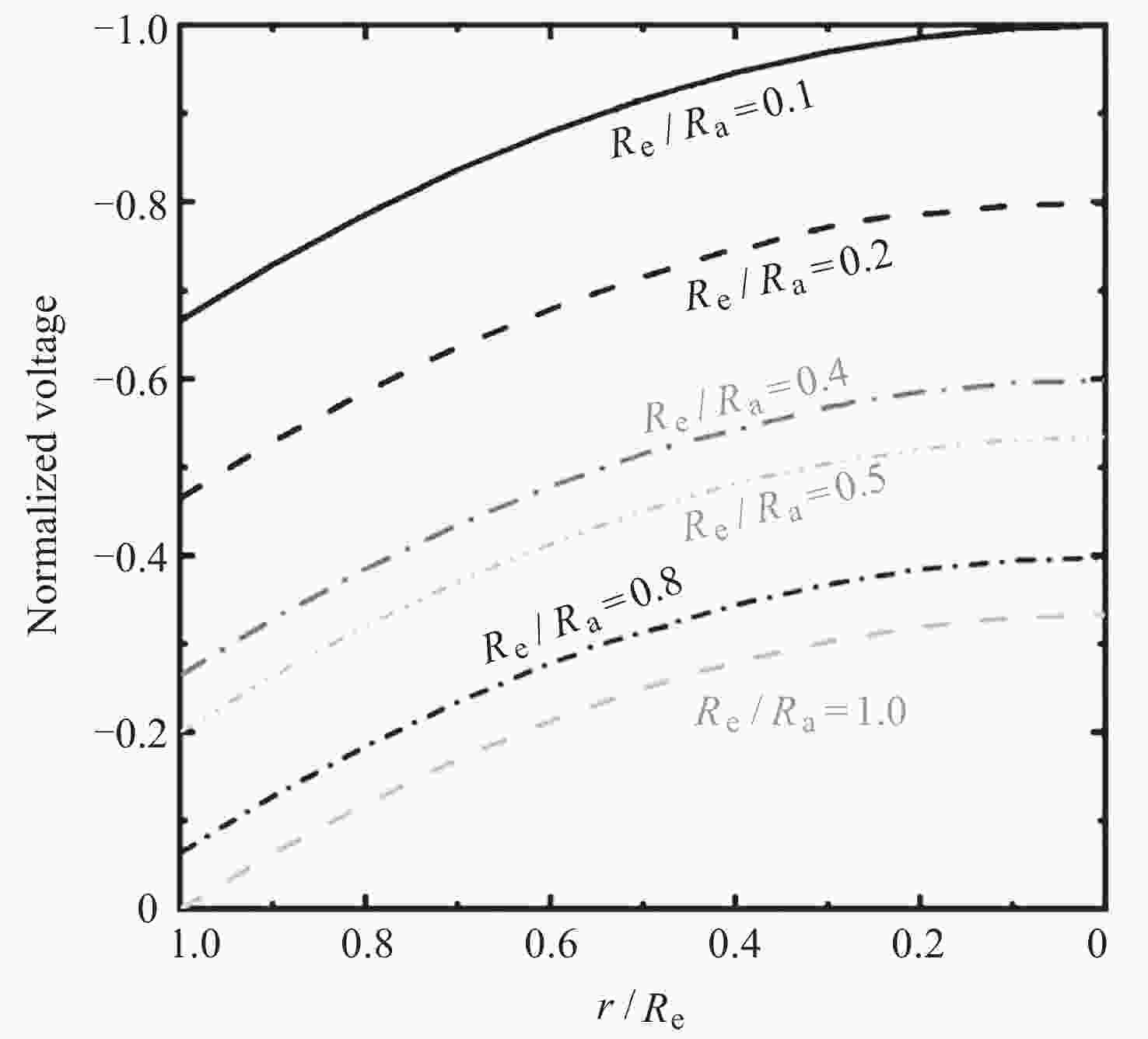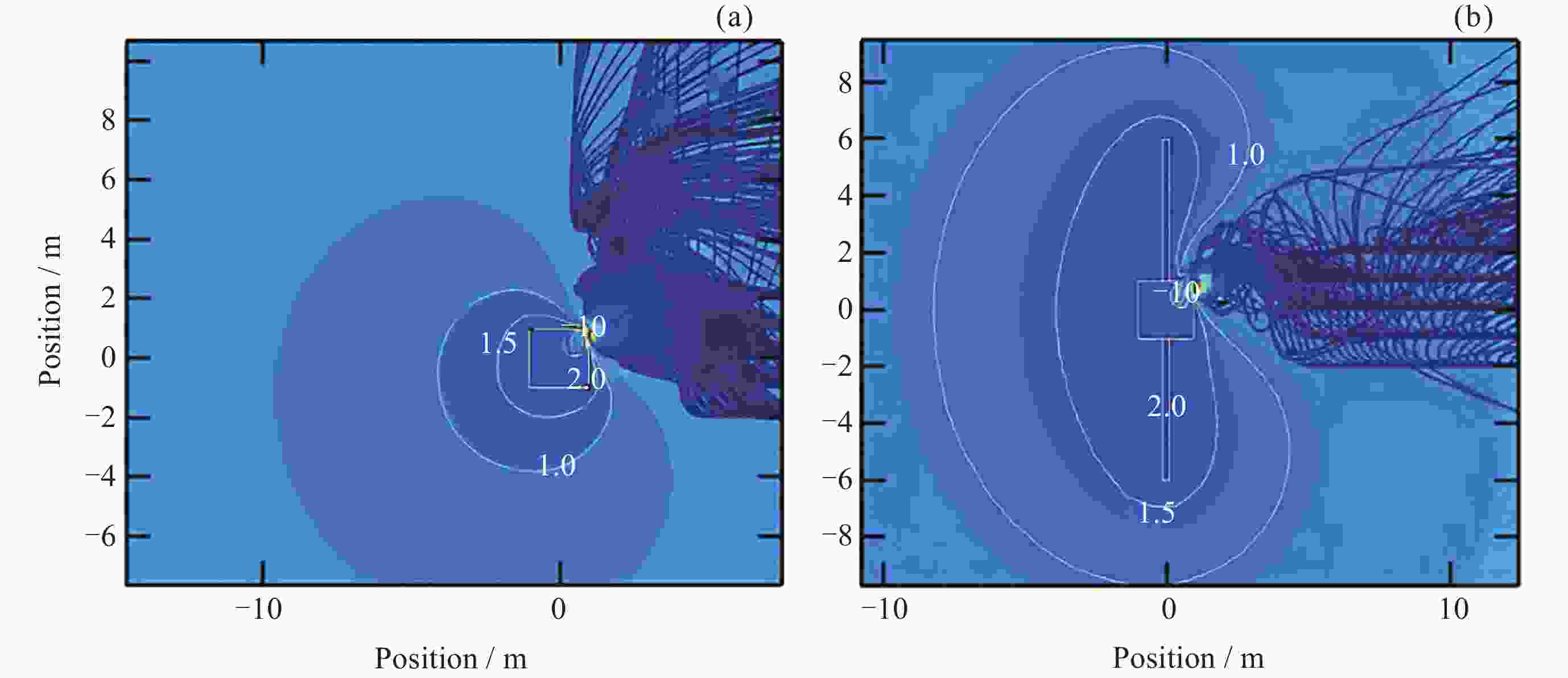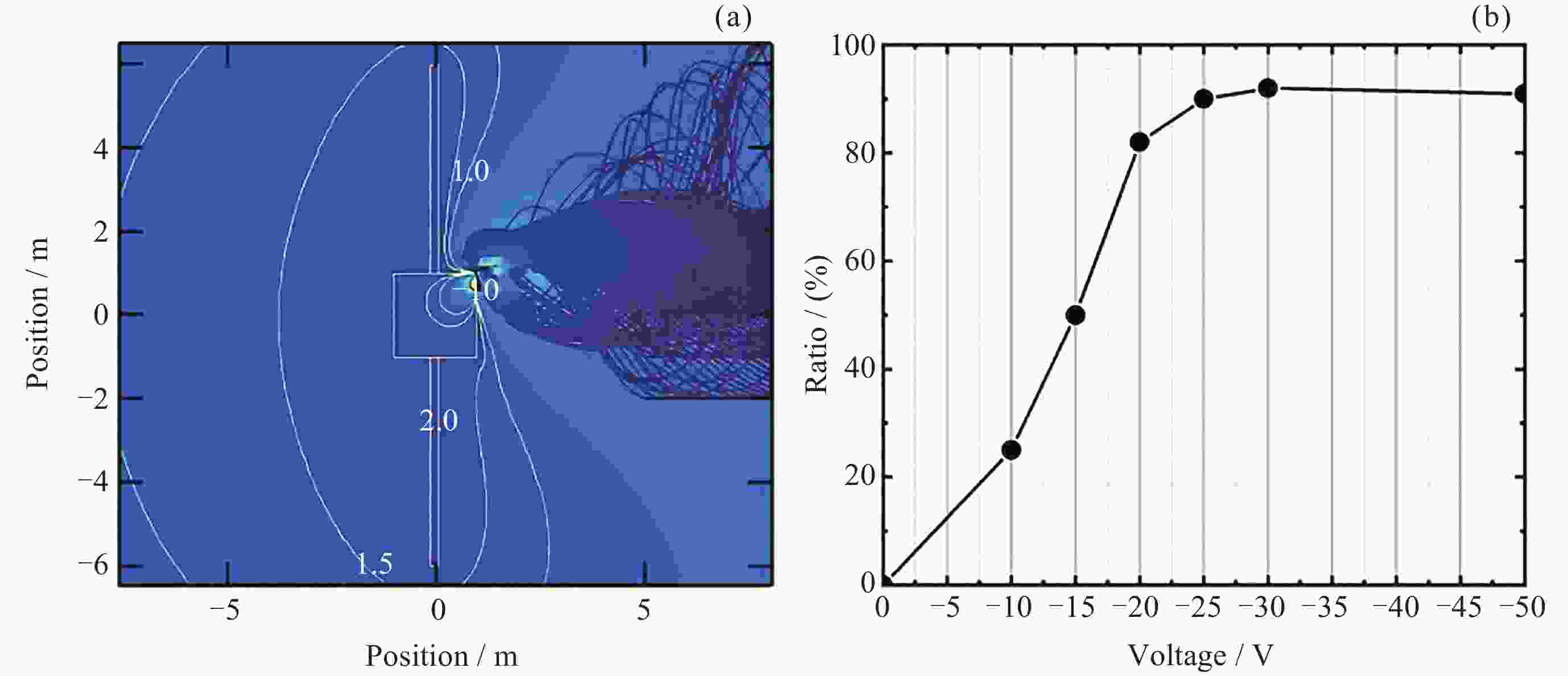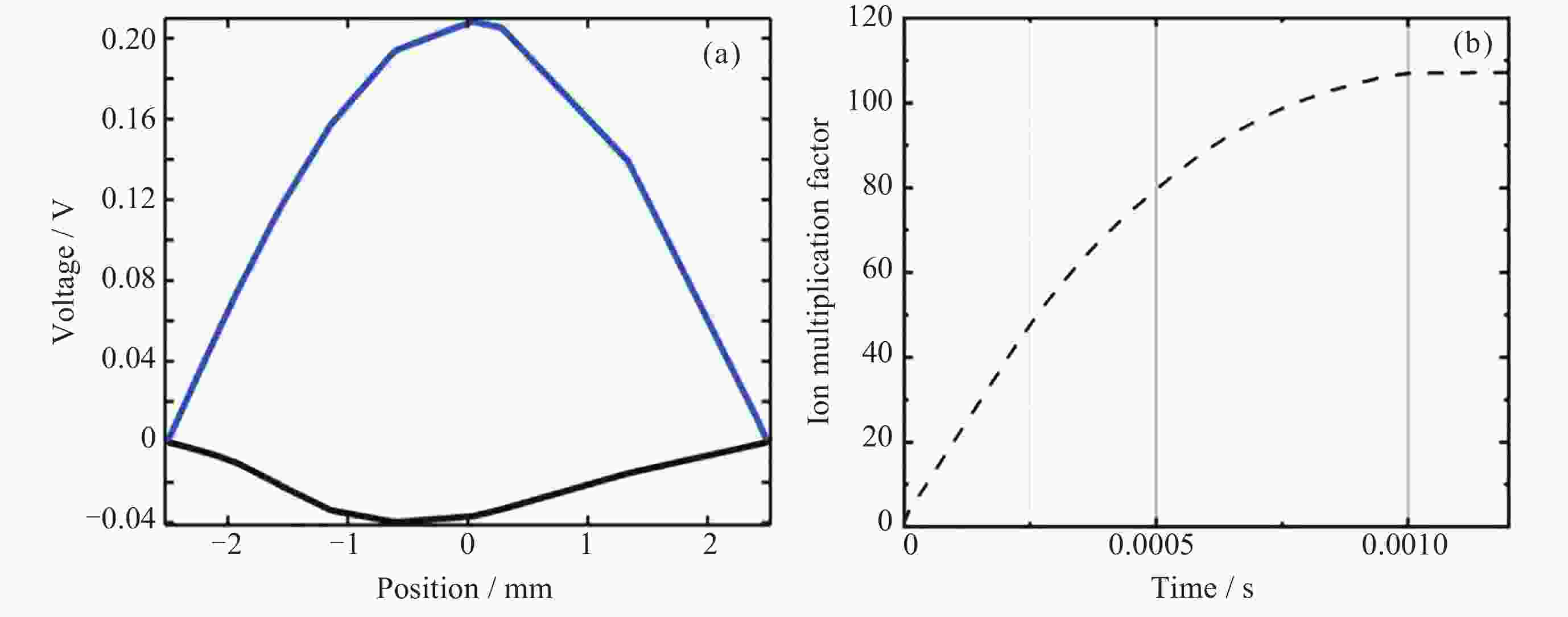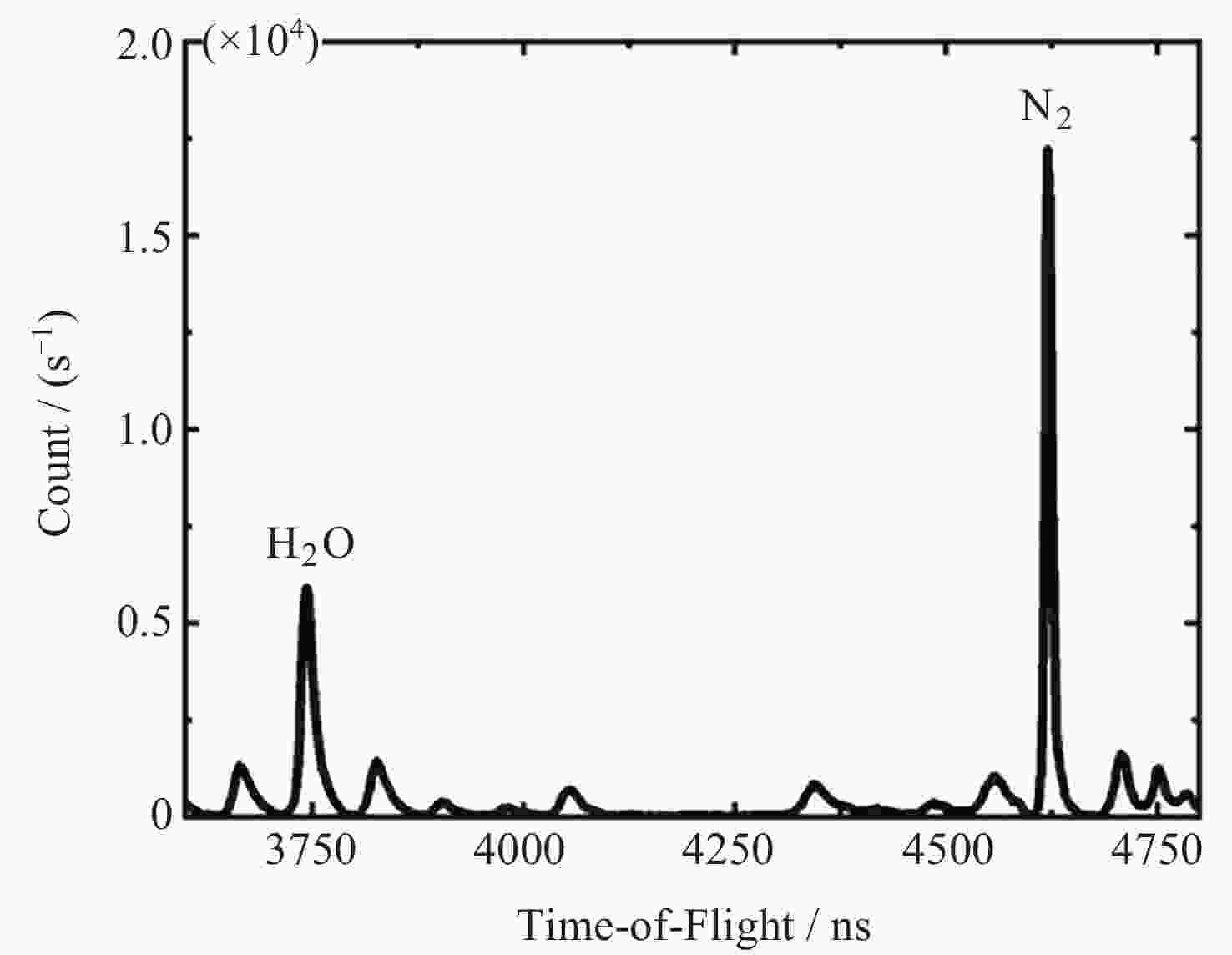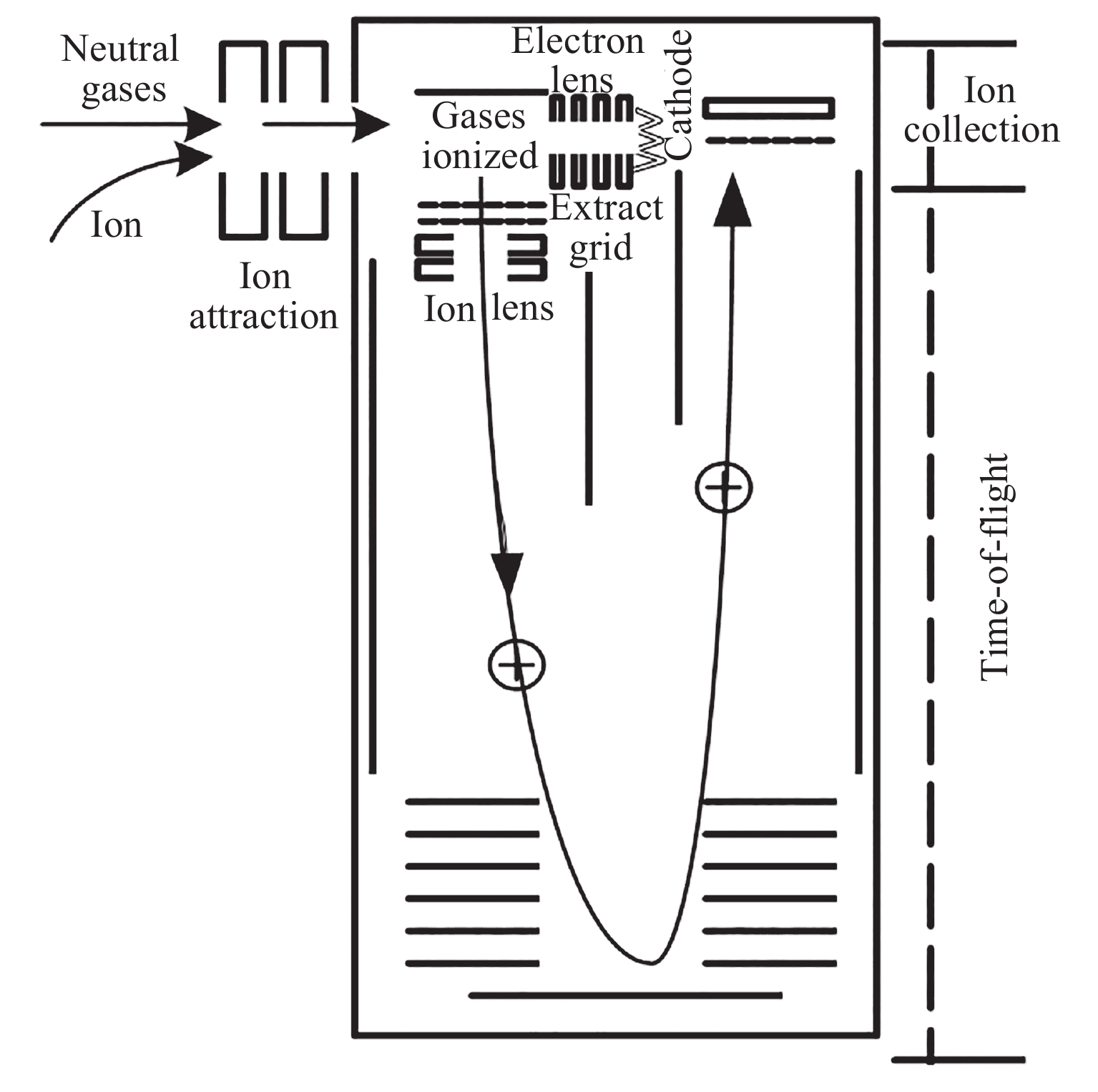Enhanced Ion Sampling Techniques for In-situ Neutral Gas and Low-energy Ions Exploration of Main-belt Comet
doi: 10.11728/cjss2025.03.2024-0124 cstr: 32142.14.cjss.2024-0124
-
Abstract: One of the detection objectives of the Chinese Asteroid Exploration mission is to investigate the space environment near the Main-belt Comet (MBC, Active Asteroid) 311P/PANSTARRS. This paper outlines the scientific objectives, measurement targets, and measurement requirements for the proposed Gas and Ion Analyzer (GIA). The GIA is designed for in-situ mass spectrometry of neutral gases and low-energy ions, such as hydrogen, carbon, and oxygen, in the vicinity of 311P. Ion sampling techniques are essential for the GIA’s Time-of-Flight (TOF) mass analysis capabilities. In this paper, we present an enhanced ion sampling technique through the development of an ion attraction model and an ion source model. The ion attraction model demonstrates that adjusting attraction grid voltage can enhance the detection efficiency of low-energy ions and mitigate the repulsive force of ions during sampling, which is influenced by the satellite’s surface positive charging. The ion source model simulates the processes of gas ionization and ion multiplication. Simulation results indicate that the GIA can achieve a lower pressure limit below 10–13 Pa and possess a dynamic range exceeding 109. These performances ensure the generation of ions with stable and consistent current, which is crucial for high-resolution and broad dynamic range mass spectrometer analysis. Preliminary testing experiments have verified GIA’s capability to detect gas compositions such as H2O and N2. In-situ measurements near 311P using GIA are expected to significantly contribute to our understanding of asteroid activity mechanisms, the evolution of the atmospheric and ionized environments of main-belt comets, the interactions with solar wind, and the origin of Earth's water.
-
Key words:
- Gas and Ion Analyzer (GIA) /
- Main-belt comet /
- Active asteroid /
- Ion attraction /
- Ion extraction /
- Gas ionization
-
Figure 3. Effects of the solar panels to the ions moving towards the GIA observation entrance without a solar panel (a) and with a solar panel (b). The voltage of the attract grid is set to –10 V, and the white curves are the contours of the voltage, and the dark blue curves are the path of the particles
Figure 4. Effects of the voltage variations of the attraction grid on the total ions arriving at the GIA observation entrance. (a) Effect of the attraction grid voltage set to –25 V on the ions at the GIA observation inlet. The white curves are the contours of the voltage, and the dark blue curves are the path of the particles, (b) the percentage of total ions arrived at the entrance observed by GIA when the grid voltage varies from –10 V to –50 V
Figure 5. Electrons distribution in the ionization region. (a) Average kinetic energy of electrons in the ionization region, with the abscissa indicating the electron serial number and the ordinate indicating the electron kinetic energy, (b) electron distribution along the direction of the vertical electron beam at the center of the ionization region. The ordinate represents the normalized value of the total number of electrons, and the abscissa represents the position
Figure 6. Electric field distribution and ion multiplication in the ionization region. (a) Profiles of the variation voltage-position in the central region above the ion outlet of the ionization region, aligned to the direction of electron movement. The blue curve represents the voltage variations with position in the absence of electron emission from the cathode. The black curve represents the voltage variations when electron emission from the cathode reaches 50 μA, (b) the variation in the quantity of ions ionized by electrons over the time in ionization region
Table 1. Measurement requirements of GIA
Item Range or value Mass range 1 ~ 150 Da Mass sesolution ≤ 1 Da Dynamic range ≥109 Time resolution 4~256 s -
[1] HSIEH H H, JEWITT D. A population of comets in the main asteroid belt[J]. Science, 2006, 312(5773): 561-563 doi: 10.1126/science.1125150 [2] JEWITT D. The active asteroids[J]. The Astronomical Journal, 2012, 143(3): 66 doi: 10.1088/0004-6256/143/3/66 [3] ALTWEGG K, BALSIGER H, BAR-NUN A, et al. 67P/Churyumov-Gerasimenko, a Jupiter family comet with a high D/H ratio[J]. Science, 2015, 347(6220): 1261952 doi: 10.1126/science.1261952 [4] HSIEH H H, JEWITT D, LACERDA P, et al. The Return of Activity in Main-Belt Comet 133P/Elst-Pizarro[J]. Monthly Notices of the Royal Astronomical Society, 2010, 403(1): 363-377 doi: 10.1111/j.1365-2966.2009.16120.x [5] JEWITT D, AGARWAL J, WEAVER H, et al. Episodic ejection from active asteroid 311P/PANSTARRS[J]. The Astrophysical Journal, 2015, 798(2): 109 doi: 10.1088/0004-637X/798/2/109 [6] SHI J C, MA Y H, LIANG H, et al. Research of activity of Main Belt Comets 176P/LINEAR, 238P/Read and 288P/(300163) 2006 VW139[J]. Scientific Reports, 2019, 9(1): 5492 doi: 10.1038/s41598-019-41880-0 [7] JEWITT D, WEAVER H, MUTCHLER M, et al. The nucleus of active asteroid 311P/(2013 P5) PANSTARRS[J]. The Astronomical Journal, 2018, 155(6): 231 doi: 10.3847/1538-3881/aabdee [8] SCHAEFER L, FEGLEY JR B. Outgassing of ordinary chondritic material and some of its implications for the chemistry of asteroids, planets, and satellites[J]. Icarus, 2007, 186(2): 462-483 doi: 10.1016/j.icarus.2006.09.002 [9] SNODGRASS C, AGARWAL J, COMBI M, et al. The Main Belt Comets and ice in the Solar System[J]. The Astronomy and Astrophysics Review, 2017, 25: 5 doi: 10.1007/s00159-017-0104-7 [10] ALTWEGG K, EHRENFREUND P, GEISS J, et al. Composition and origin of cometary materials[C]//Proceedings of an ISSI Workshop. Dordrecht: Springer, 1999 [11] WILLIAMSON H N, NILSSON H, STENBERG WIESER G, et al. Momentum and pressure balance of a comet ionosphere[J]. Geophysical Research Letters, 2020, 47(15): e2020GL088666 doi: 10.1029/2020GL088666 [12] BERGMAN S. Low-Energy Ions Around Comet 67P/Churyumov-Gerasimenko[D]. Umeå: Umeå University, 2021 [13] WILEY W C, MCLAREN I H. Time‐of‐flight mass spectrometer with improved resolution[J]. The Review of Scientific Instruments, 1955, 26(12): 1150-1157 doi: 10.1063/1.1715212 [14] WANG X Y, ZHANG A B, ZHANG X G, et al. Bursts of energetic electron induced large surface charging observed by Chang’E-1[J]. Planetary and Space Science, 2012, 71(1): 1-8 doi: 10.1016/j.pss.2012.06.009 [15] WANG Xinyue, ZHANG Aibing, JING Tao, et al. Synchronization of energetic electron bursting and lunar orbiter surface charging to negative kilovolts[J]. Chinese Journal of Geophysics, 2016, 59(10): 3533-3542 doi: 10.6038/cjg20161001 [16] MCCOMAS D J, BARRACLOUGH B L, FUNSTEN H O, et al. Solar wind observations over Ulysses’ first full polar orbit[J]. Journal of Geophysical Research: Space Physics, 2000, 105(A5): 10419-10433 doi: 10.1029/1999JA000383 [17] NEUGEBAUER M. Spacecraft observations of the interaction of active comets with the solar wind[J]. Reviews of Geophysics, 1990, 28(2): 231-252 doi: 10.1029/RG028i002p00231 [18] GULKIS S, ALLEN M, VON ALLMEN P, et al. Subsurface properties and early activity of comet 67P/Churyumov-Gerasimenko[J]. Science, 2015, 347(6220): 391 [19] KONG L G, ZHANG A B, TIAN Z, et al. Mars Ion and Neutral Particle Analyzer (MINPA) for Chinese Mars Exploration Mission (Tianwen-1): design and ground calibration[J]. Earth and Planetary Physics, 2020, 4(4): 333-344 [20] ABPLANALP D, WURZ P, HUBER L, et al. An optimised compact electron impact ion storage source for a Time-of-Flight mass spectrometer[J]. International Journal of Mass Spectrometry, 2010, 294(1): 33-39 doi: 10.1016/j.ijms.2010.05.001 -
-





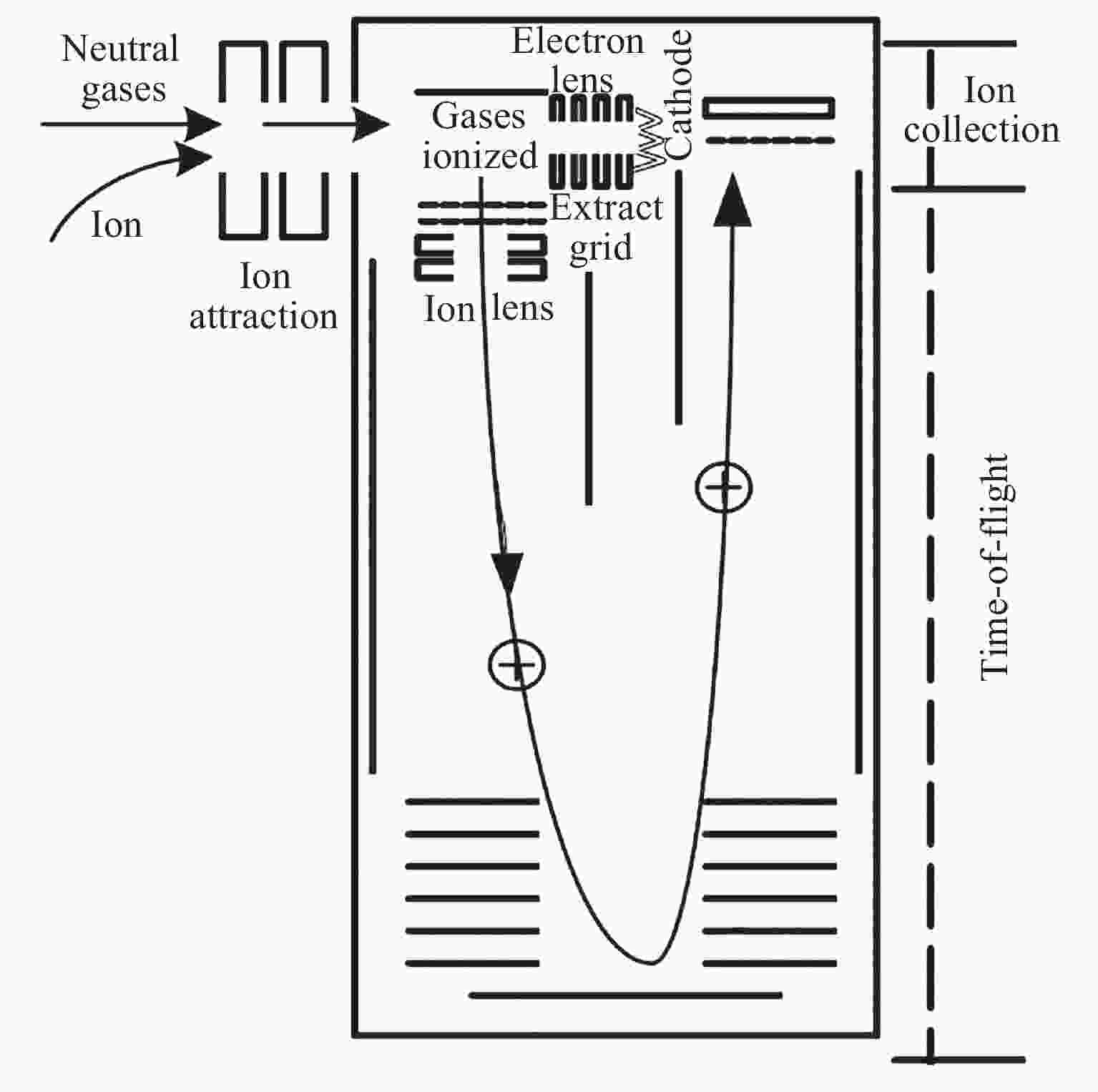
 下载:
下载:
